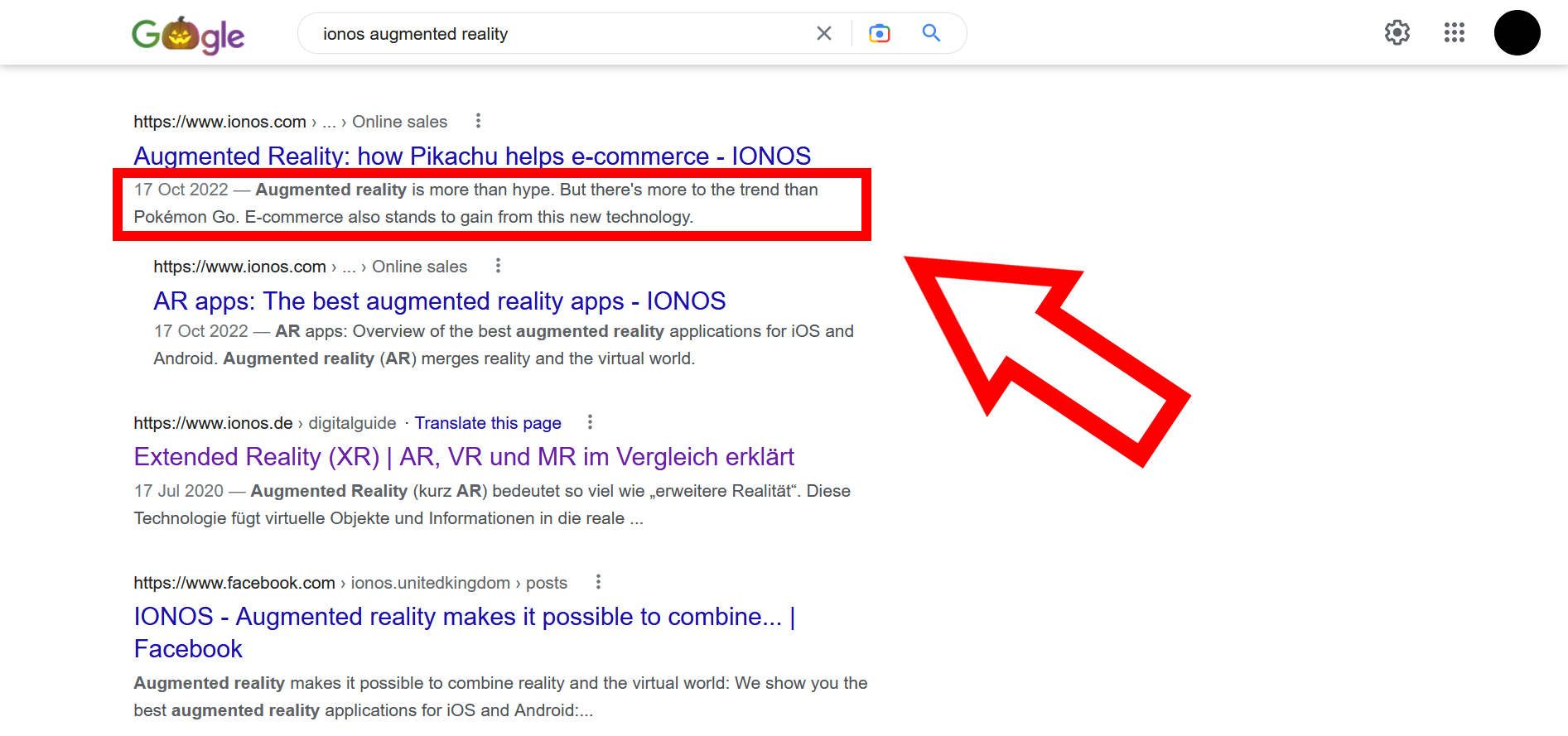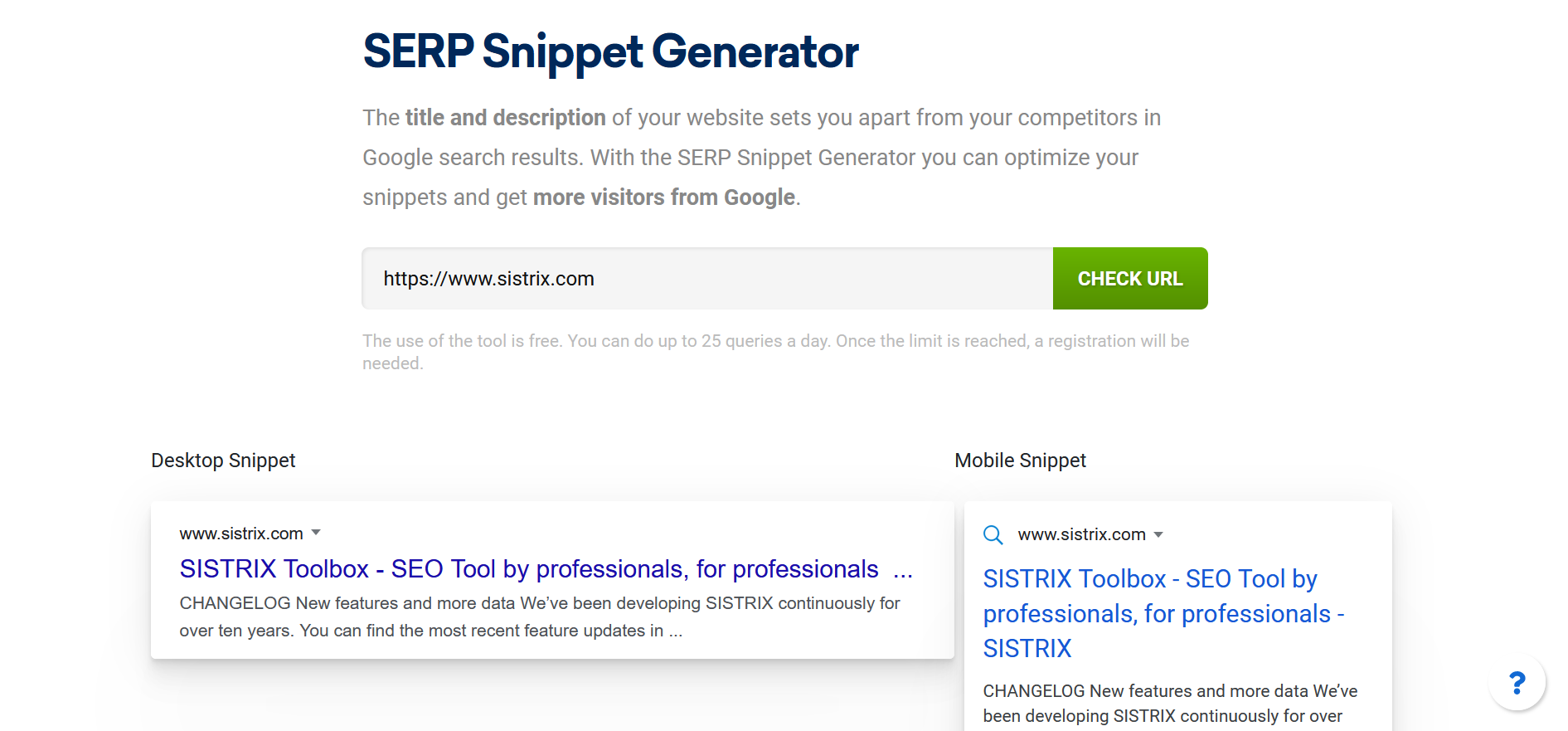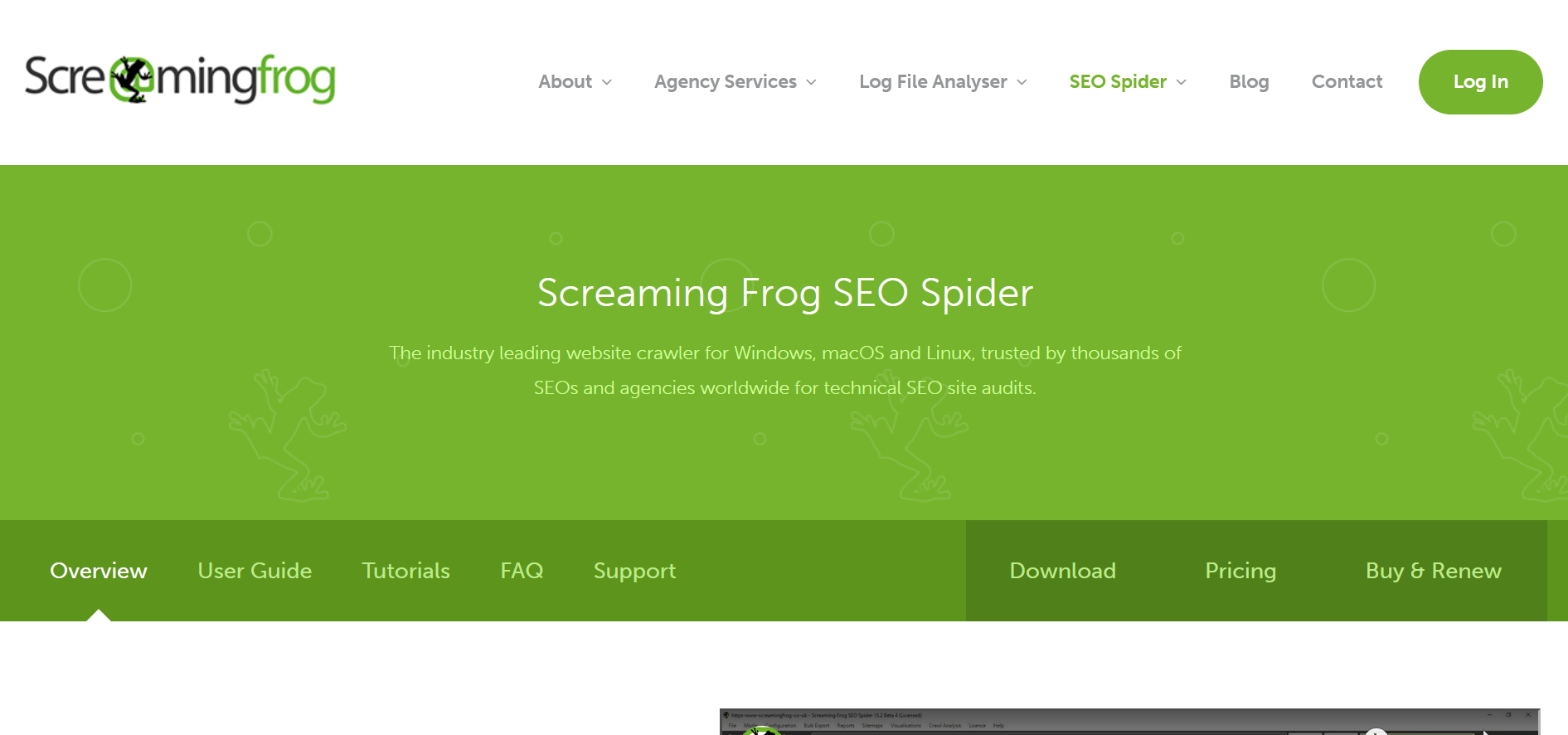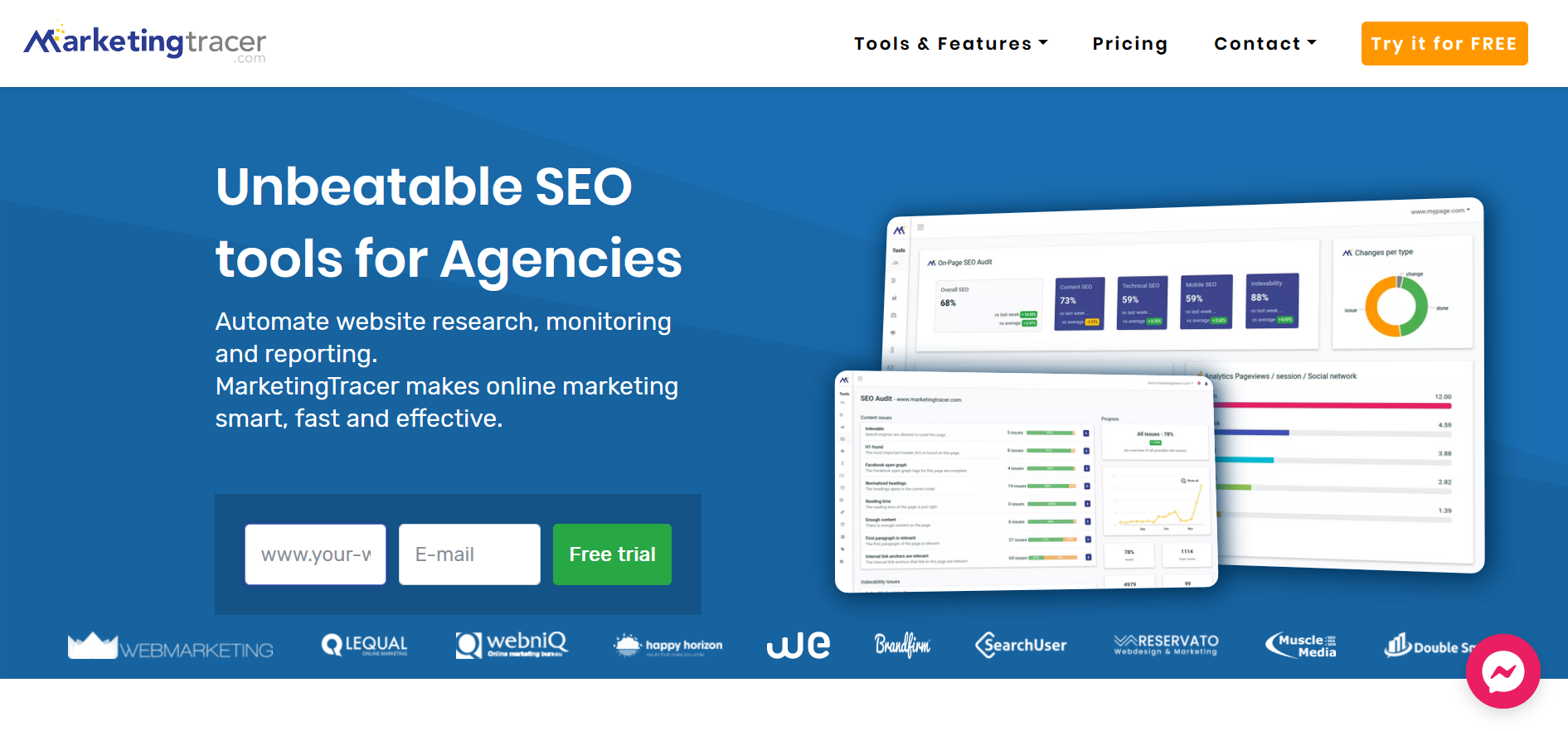Meta description is part of a website’s metadata. It informs both indexing robots and search engine users about the content of the page. The ideal meta description is unique and respects, for example, the AIDA model. Handy tools like SERP Snippet Generator, Screaming Frog, and MarketingTracer can help you create your meta description tags.
Meta descriptions in the Google universe¶
If you create a website, sooner or later you will be confronted with important concepts such as search engine optimization, or SEO. Metadata, of which the meta description is a part, plays an important role in the long-term success of a website. Indeed, they are often the first point of contact for search engine users with your site.
You have a WordPress site and you want to add meta descriptions to your different pages? To find out what options are available to you, see our article on WordPress meta descriptions.
Meta description: definition and function¶
The meta description is part of the meta tags. It takes the form of a short text that describes or summarizes the content of a web page. It is displayed in the results of search engines such as Google and can play a decisive role in the consultation of a page.
The function of a meta description is therefore to draw people’s attention to a website and inform them about its content. Ideally, it should invite to visit the page and generate as many clicks as possible.

The 5 best tips for an optimal meta description¶
Use the AIDA model¶
The first tip for a successful meta description is to follow the so-called AIDA model, which consists of the following four levels: Attention (attention), Interest (interest), Desire (desire) and Action (action).
Attention¶
Attract the attention of Internet users by integrating a eye-catching element in the text. These can be, for example, keywords or symbols such as check marks.
Interest¶
You then need to generate user interest. Use terms and formulas that give a positive impression or highlight benefits.
Desire¶
The next step is to make people want to visit your website or buy the product described. You can achieve this, for example, with advertising promises.
Action¶
Finally, the description should encourage people to visit your website. To do this, insert a CTA (call to action) in your meta description. It can be call to action wordingssuch as “Buy now”.
With List Local from IONOS, easily register your business in the main online business directories. This saves you time and improves your online presence.
Take into account the meta title and the H1¶
As the meta description appears with the corresponding meta title in the search results, you must ensure that the two are complementary. Likewise, the H1 headline should be congruent with both, as it is usually the first thing users see after landing on your website. Avoid identical formulations, but ensure that the contents agree with each other.
Consider the target group¶
When writing your meta description, you should also consider the target group of your website. Use a specific tone of voice or phrasing that your readership or potential clientele will understand and find interesting. Similarly, it can be useful to think about the search intent of Internet users and take this into account in the meta description.
Pay attention to the length of the meta description¶
Another point to consider is the number of characters. The ideal length of a meta description isabout 150 characters (including spaces). Information varies, as Google works with pixel widths. The maximum value is 990 pixels wide on PC and 1300 pixels wide on mobile devices.
If your meta description is too long, it will be cut off at the end by three dots. The most important information and keywords should therefore always be at the beginning. Additionally, it is advisable touse available space to place relevant content. Tools can help you find the optimal length, for example SERP Snippet Generator by Sistrix.
Write unique content¶
The ideal meta description should offer a unique content. This means that you should write individual description text for each of the different pages on your website and avoid duplicates. This is because duplicate content can end up having a negative effect on search engine rankings.
With a unique meta description, you indicate to Internet users thatthey will find exactly the answer to their question on the page in question. If there are multiple pages with the same description, visitors will be confused and won’t come to your site. This sends negative signals to the search engine.
If you can’t write your meta descriptions, that’s okay: search engines can insert automatically a relevant excerpt from the corresponding page until you write your own text. Whether this is really useful depends on the case. Generally, it is best to provide your own descriptions.
Useful tools for meta descriptions¶
Sistrix SERP Snippet Generator: Preview Your Metadata¶

THE SERP Snippet Generator is a handy tool that allows you to check if the length of your metadata is correct and how it will appear in search results. To do this, simply enter your text in the corresponding fields and you will have an immediate preview in the form of desktop and mobile snippets. Mobile SEO, i.e. the optimization of mobile web pages, remains an important ranking factor.
Screaming Frog: find duplicate content¶

Screaming Frog SEO Spider is a crawler which allows you to improve your SEO and check if duplicate or very similar content is on your pages. After crawling, this so-called duplicate content is listed under “Content”. Duplicate or suspicious meta descriptions can be found under the tab of the same name.
You can find out the exact procedure and other useful information on the tutorial by Screaming Frog.
MarketingTracer SEO Audit: Finding Pages Without a Meta Description¶

The online marketing tool Marketing Tracer has different features that help you optimize your SEO. One of them is the SEO audit tool, which allows you, for example, to identify the pages of your site that do not have a meta description. Other errors or defects are also clearly listed, allowing you toimprove your website as you go.
In summary¶
If you have a website, it is recommended that you write a individual meta description for each of its pages. Search engine users are thus informed of the content of your web pages. With well-formulated and adapted meta descriptions, you increase the chances that your page will be consulted and thus win new customers.
In the Digital Guide you will find many articles on the topics of digital marketing. Here are some articles to check out:




